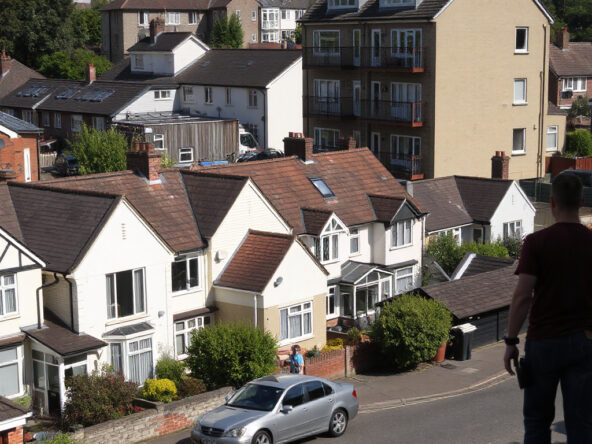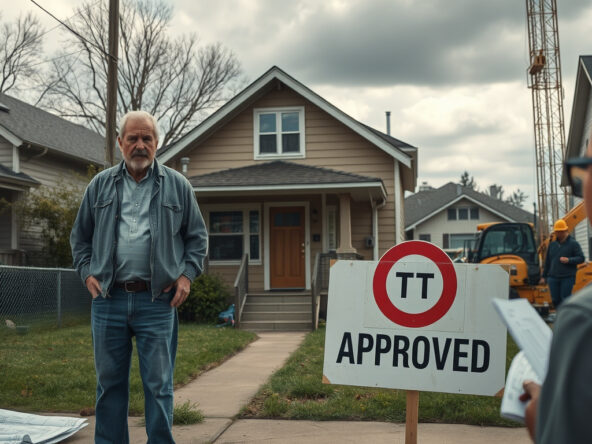Scotland’s Housing Supply Declines Amid Continued Affordable Housing Investment
Recent statistics reveal a configuration wherein the supply of houses contracts while investment in regulated and social dwellings persists amid economic oscillations. Data and figures connect tightly in that the decline in overall new homes coexists with the expansion of housing aimed at community need.
Decline in Overall Housing Supply
The aggregate output of new domiciles—which comprises constructions built anew, restorations of existing units, and adaptive conversions—declined by nearly 16.4% over a single annual cycle; the total shrank to slightly over 20,000 units in contrast to a prior tally that exceeded 24,000, new constructions standing as the dominant contributor at nearly 98% while restorations and conversions barely registered, a pattern that signals potential shortfalls when juxtaposed with future residential demand.
Growth in Social Housing Stock
Concurrently, the branch dedicated to social residencies grew by over 6,000 discrete units to reach a sum that exceeds 633,000 dwellings, a figure that encompasses both local government administrations and housing associations; within this network, support for elder housing experienced modest growth while the segment allocated for those with physical impairments witnessed a slight decrement, a relational shift that marks a complex adjustment process.
Housing Demand and Lettings
Local councils document a 7.5% increase in permanent tenancy arrangements, where nearly one half of these agreements serve households without stable housing; housing waiting list applications, which may include duplications due to submissions across multiple administrative boundaries, exhibited a minor upward movement, and while eviction-related notices escalated by over 10%, the actual execution of evictions remains markedly subdued in comparison to figures recorded during the pre-pandemic era.
Support for Disabled Adaptations
A review of support for domiciliary modifications designed for disabled individuals shows that the frequency of grant approvals diminished modestly even as total monetary allocations grew—a scenario linking the reduction in counts with an upward shift in the magnitude of each allocation and a pivot toward more targeted fiscal support.
HMO Licensing
The tally of licences for houses arranged as multiple occupancies remained almost unchanged, showing only a nominal 1% decrease to settle at just over 15,000 authorizations, a result that maintains a close dependency between regulatory continuity and market stability.
Government Commitment and Future Outlook
The economic climate imposes persistent challenges while recurrent investments remain directed at ramping up affordable residential starts and the ratification of planning applications; long-term strategies now integrate provisions for domestic units that are safe, warm, and economically accessible, concurrently addressing imperatives such as the reduction of youth poverty and the mitigation of homelessness through the coordinated actions of several stakeholder groups, a network wherein tenant safeguards and inducements for private rental growth stand enshrined in current legislative reforms.
Summary
In summation, even as Scotland’s overall housing supply contracts, the matrix of financial support for and expansion of socially focused and affordable dwellings continues to persist; within this complex framework—where economic challenges and rising demand intersect in contexts affecting vulnerable populations—property investors and operators dealing with multiple occupancy settings encounter a field characterized by ongoing governmental commitment and evolving strategic focus, conditions that together produce persistent prospects against a backdrop of shifting market dynamics.



